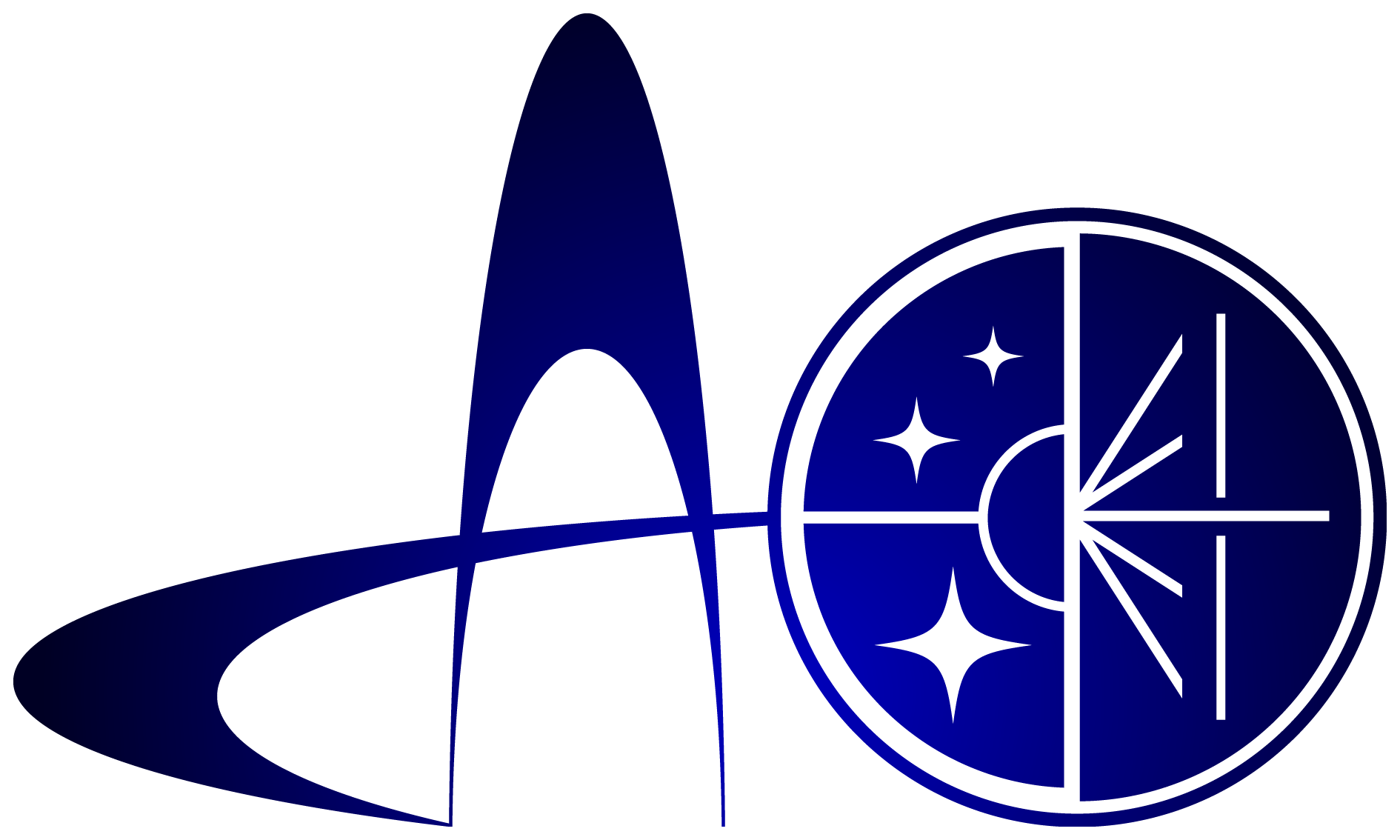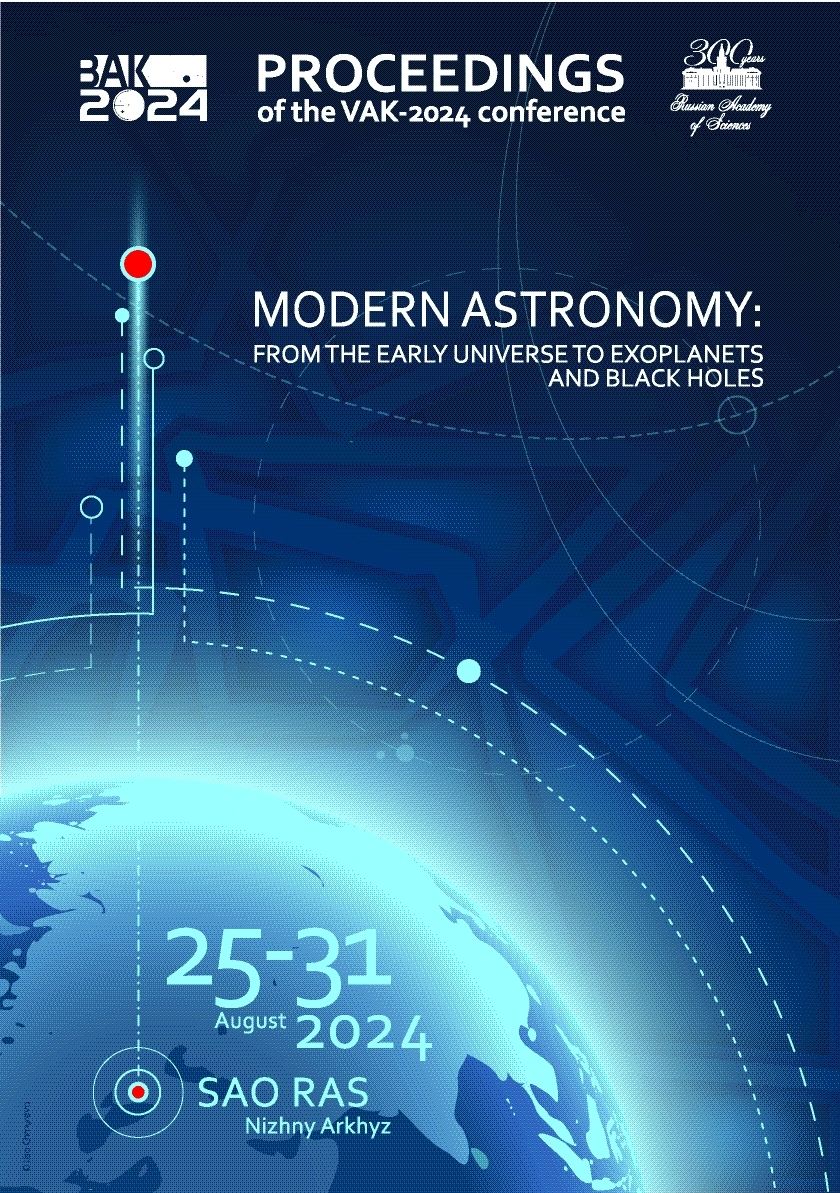UDC 53
UDC 520
UDC 521
UDC 523
UDC 524
UDC 52-1
UDC 52-6
CSCSTI 41.00
CSCSTI 29.35
CSCSTI 29.31
CSCSTI 29.33
CSCSTI 29.27
CSCSTI 29.05
Russian Classification of Professions by Education 03.06.01
Russian Classification of Professions by Education 03.05.01
Russian Classification of Professions by Education 03.04.03
Russian Library and Bibliographic Classification 2
Russian Library and Bibliographic Classification 223
Russian Trade and Bibliographic Classification 614
Russian Trade and Bibliographic Classification 6135
BISAC SCI004000 Astronomy
BISAC SCI005000 Physics / Astrophysics
The scenario of the formation of the young Emilkowalski asteroid family is based on numerical modelling of the evolution of the nominal orbits of the family members. Different variants of the orbital evolution of asteroids are considered depending on the value of the drift velocity of the large semi-major axes of the orbits caused by the influence of the diurnal Yarkovsky effect. On the basis of the analysis of the convergence of the nodes and pericentres of the orbits, estimates of the time of possible formation of all possible pairs among the family members were obtained. On the basis of these estimates, a scenario of family formation was constructed, assuming the destruction of the parent body of asteroid (14627) Emilkowalski as the main mechanism. It is shown that part of the family members could have been formed as a result of cascading disintegration of daughter bodies of the parent asteroid. The constructed scenario of the Emilkowalski family formation can be described as a stage-by-stage destruction of the parent body of asteroid (14627) Emilkowalski with elements of cascading disintegration of some fragments.
minor planets; asteroids; individual: (14627) Emilkowalski family
1. Fatka P., Pravec P., Vokrouhlický D., 2020, Icarus, 338, id. 113554
2. Fenucci M. and Novaković B., 2022, Serbian Astronomical Journal, 204, p. 51
3. Kholshevnikov K.V., Kokhirova G.I., Babadzhanov P.B., et al., 2016, Monthly Notices of the Royal Astronomical Society, 462, 2, p. 2275
4. Kuznetsov E.D., Rosaev A.E., Plavalova E., et al., 2020, Solar System Research, 54, 3, p. 236
5. Kuznetsov E.D., Perminov A.S., Vasileva M.A., et al., 2025, Solar System Research, 59, in press
6. Nesvorný D. and Vokrouhlický D., 2006, Astronomical Journal, 132, 5, p. 1950
7. Pravec P., Fatka P., Vokrouhlický D., et al., 2018, Icarus, 304, p. 110









